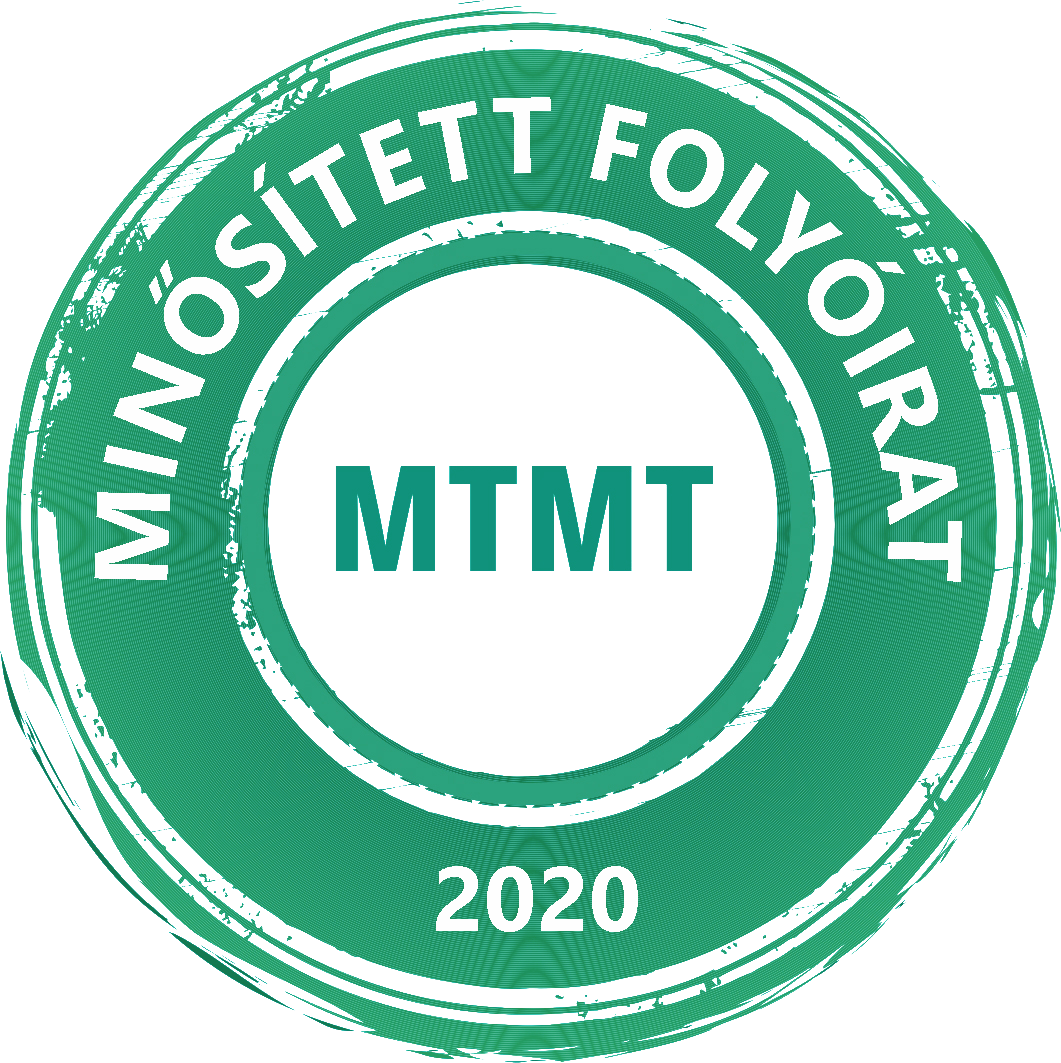The vocalisation of the visible as a tool of self-situation: Van Gogh
DOI:
https://doi.org/10.33569/akk.5182Keywords:
János Pilinszky, Van Gogh, Simone Weil, poetry of prayerAbstract
The study attempts an interpretation of Pilinszky János’s poem ’Van Gogh’, mainly based on criteria of the philosophy of language and language-poetry. This poem of Pilinszky’s, which was received minor attention, yet, has been considered relevant at the same time is examined against a background of the philosophical and theological findings of Heidegger and Simone Weil. Also, an effort is made to examine the characteristics of the poetry of prayer and the immobile commitment manifesting itself in the oeuvre, their effects on poetic language, the reduction of poetic speech and personality appearing in impersonality. After a brief overview of the traditional starting points of the reception and the philosophical and theoretical statements, the study subjects the poem to a textual analysis.
References
Domokos Mátyás (1983): A költői jelenlét. In: Török Endre (szerk.): Beszélgetések Pilinszky Jánossal. Bp.: Magvető, pp. 91–110.
Farkas P. József (1982): „Nálam létszükséglet volt az alkotás.” Új Írás, 22(1–6), 82–85.
Gadamer, Hans-Georg (1988): Bevezetés Heidegger A műalkotás eredete című tanul-mányához. In: Heidegger, Martin: A műalkotás eredete. Bp.: Európa, pp. 7–30.
Heidegger, Martin (1988): A műalkotás eredete. Bp.: Európa
Horváth Kornélia (2021): „Az írás jogos szabadságunk. Isten a szabadság” : Pilinszky János írásművészetéről és költészetéről. Irodalomtörténeti Közlemények, 125(5). 617–629.
Horváth Kornélia (2021): Öt szócikk Pilinszky János költészet : Pilinszky János: Nagyvá-rosi ikonok In: Uő. (szerk.): A késő modern magyar líra alakzatai. Budapest: Gondolat, pp. 143–157.
Juhász Erzsébet (1997): Az áldozat eleme Pilinszky János költészetében In: Tasi József (szerk.): „Merre? Hogyan?” Tanulmányok Pilinszky Jánosról. (A Petőfi Irodalmi Múze-um könyvei 6.) Bp.: PIM, pp. 35–41.
Kőrizs Imre (2015): Lupus in fabula. Studia Litteraria, 54(1–2), 46–51.
Maár Gyula (1983): Egyenes labirintus : Pilinszky-portré a televízióban. In: Török Endre (szerk.): Beszélgetések Pilinszky Jánossal. Bp.: Magvető, 219–241.
Nádor Tamás (1983): „Én is egy szempár vagyok”. In: Török Endre (szerk.): Beszélgeté-sek Pilinszky Jánossal. Bp.: Magvető, 226–233.
Nietzsche, Friedrich (1992): A nem-morálisan fölfogott igazságról és hazugságról. Athaeneum, I(3), 3–16.
Pilinszky János (1971): Ars poetica helyett. In: Uő: Nagyvárosi ikonok. Bp.: Szépirodalmi, pp. 161–167.
Sárközi Balázs (2021): A versszubjektum a transzcendens és a Másik metafizikai rendszerében : Pilinszky szavalatai Sárváron 1979 márciusában. Szabolcs-Szatmár-Beregi Szemle, 56(4), 91–99.
Downloads
Published
Issue
Section
License
Copyright (c) 2023 Sárközi Balázs

This work is licensed under a Creative Commons Attribution-NonCommercial-NoDerivatives 4.0 International License.



















